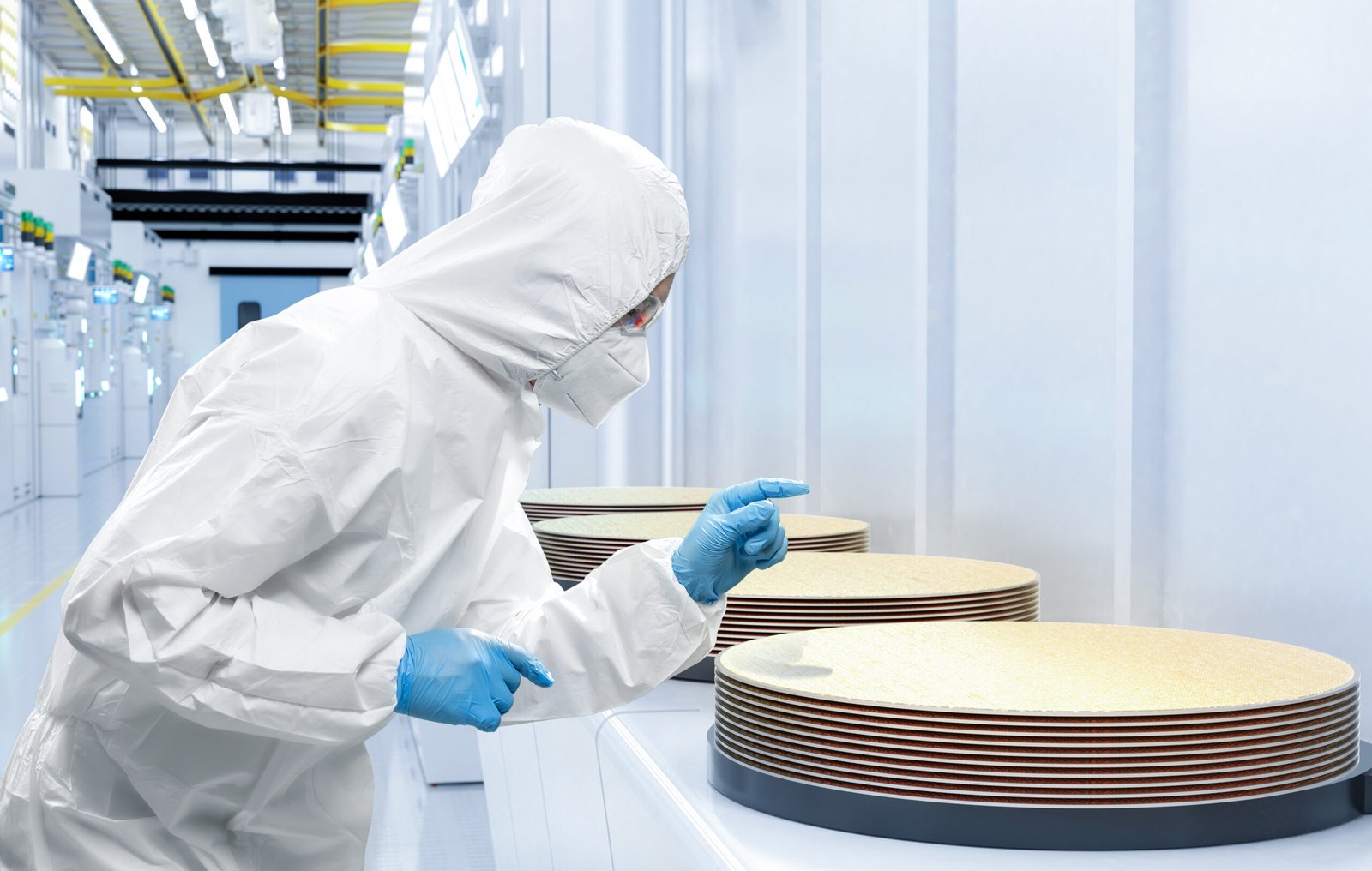As shopping period settles, students may notice a new addition to many syllabi: an artificial intelligence policy. As one of his first initiatives as associate provost for artificial intelligence, Michael Littman PhD’96 encouraged professors to implement guidelines for the use of AI.
Littman also recommended that professors “discuss (their) expectations in class” and “think about (their) stance around the use of AI,” he wrote in an Aug. 20 letter to faculty. But, professors on campus have applied this advice in different ways, reflecting the range of attitudes towards AI.
In her nonfiction classes, Associate Teaching Professor of English Kate Schapira MFA’06 prohibits AI usage entirely.
“I teach nonfiction because evidence … clarity and specificity are important to me,” she said. AI threatens these principles at a time “when they are especially culturally devalued” nationally.
She added that an overreliance on AI goes beyond the classroom. “It can get someone fired. It can screw up someone’s medication dosage. It can cause someone to believe that they have justification to harm themselves or another person,” she said.
Nancy Khalek, an associate professor of religious studies and history, said she is intentionally designing assignments that are not suitable for AI usage. Instead, she wants students “to engage in reflective assignments, for which things like ChatGPT and the like are not particularly useful or appropriate.”
Khalek said she considers herself an “AI skeptic” — while she acknowledged the tool’s potential, she expressed opposition to “the anti-human aspects of some of these technologies.”
But AI policies vary within and across departments.
Professors “are really struggling with how to create good AI policies, knowing that AI is here to stay, but also valuing some of the intermediate steps that it takes for a student to gain knowledge,” said Aisling Dugan PhD’07, associate teaching professor of biology.
In her class, BIOL 0530: “Principles of Immunology,” Dugan said she allows students to choose to use artificial intelligence for some assignments, but that she requires students to critique their own AI-generated work.
She said this reflection “is a skill that I think we’ll be using more and more of.”
Dugan added that she thinks AI can serve as a “study buddy” for students. She has been working with her teaching assistants to develop an AI chatbot for her classes, which she hopes will eventually answer student questions and supplement the study videos made by her TAs.
Despite this, Dugan still shared concerns over AI in classrooms. “It kind of misses the mark sometimes,” she said, “so it’s not as good as talking to a scientist.”
For some assignments, like primary literature readings, she has a firm no-AI policy, noting that comprehending primary literature is “a major pedagogical tool in upper-level biology courses.”
“There’s just some things that you have to do yourself,” Dugan said. “It (would be) like trying to learn how to ride a bike from AI.”
Assistant Professor of the Practice of Computer Science Eric Ewing PhD’24 is also trying to strike a balance between how AI can support and inhibit student learning.
This semester, his courses, CSCI 0410: “Foundations of AI and Machine Learning” and CSCI 1470: “Deep Learning,” heavily focus on artificial intelligence. He said assignments are no longer “measuring the same things,” since “we know students are using AI.”
While he does not allow students to use AI on homework, his classes offer projects that allow them “full rein” use of AI. This way, he said, “students are hopefully still getting exposure to these tools, but also meeting our learning objectives.”
Get The Herald delivered to your inbox daily.
Ewing also added that the skills required of graduated students are shifting — the growing presence of AI in the professional world requires a different toolkit.
He believes students in upper level computer science classes should be allowed to use AI in their coding assignments. “If you don’t use AI at the moment, you’re behind everybody else who’s using it,” he said.
Ewing says that he identifies AI policy violations through code similarity — last semester, he found that 25 students had similarly structured code. Ultimately, 22 of those 25 admitted to AI usage.
Littman also provided guidance to professors on how to identify the dishonest use of AI, noting various detection tools.
“I personally don’t trust any of these tools,” Littman said. In his introductory letter, he also advised faculty not to be “overly reliant on automated detection tools.”
Although she does not use detection tools, Schapira provides specific reasons in her syllabi to not use AI in order to convince students to comply with her policy.
“If you’re in this class because you want to get better at writing — whatever “better” means to you — those tools won’t help you learn that,” her syllabus reads. “It wastes water and energy, pollutes heavily, is vulnerable to inaccuracies and amplifies bias.”
In addition to these environmental concerns, Dugan was also concerned about the ethical implications of AI technology.
Khalek also expressed her concerns “about the increasingly documented mental health effects of tools like ChatGPT and other LLM-based apps.” In her course, she discussed with students how engaging with AI can “resonate emotionally and linguistically, and thus impact our sense of self in a profound way.”
Students in Schapira’s class can also present “collective demands” if they find the structure of her course overwhelming. “The solution to the problem of too much to do is not to use an AI tool. That means you’re doing nothing. It’s to change your conditions and situations with the people around you,” she said.
“There are ways to not need (AI),” Schapira continued. “Because of the flaws that (it has) and because of the damage (it) can do, I think finding those ways is worth it.”

























